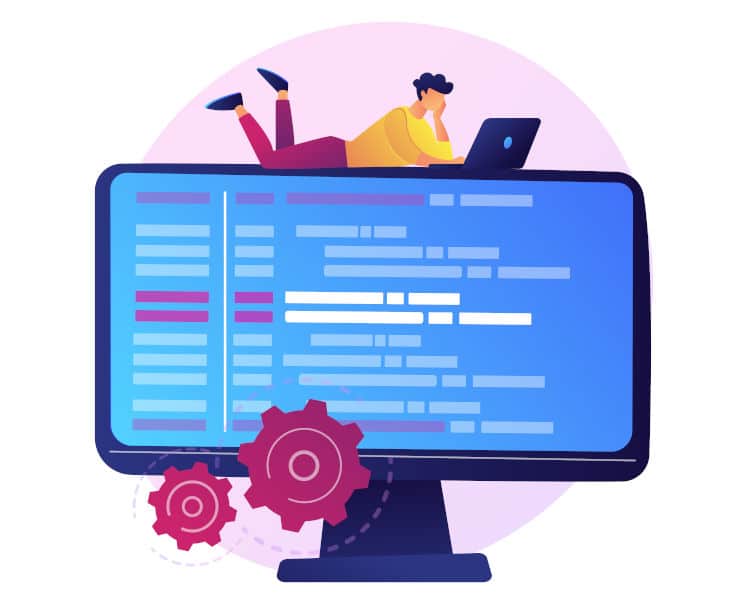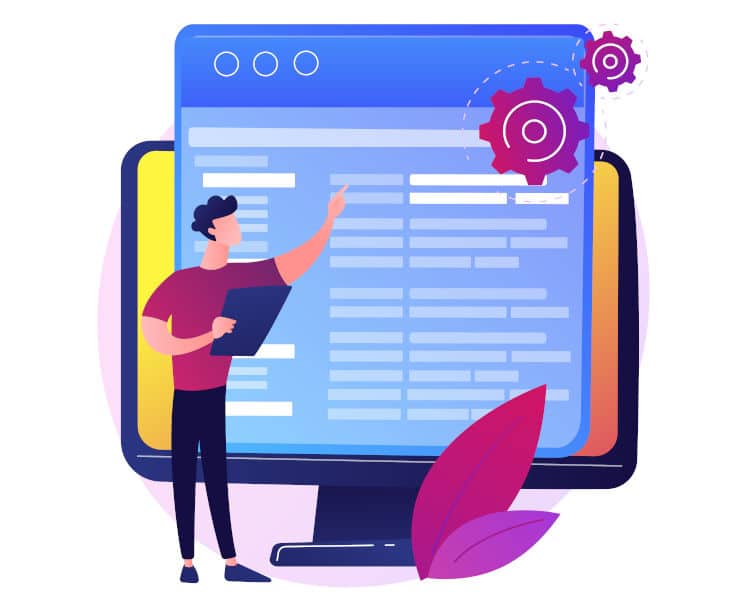Whether you're creating content for social networking sites, writing emails, code, product sheets, drawing up plans... the great linguistic templates can save you precious time. Provided, of course, that you know how to write effective prompts.
While artificial intelligence-based tools are capable of generating surprising results, the quality of these results depends entirely on the quality of the query. Fortunately, there are several solutions for obtaining high-quality content.
Reverse Prompt Engineering is one of them. So what is it? How does it work? How do you apply it? Find out the answers in this article.
What is reverse prompt engineering?
Reverse prompt engineering involves using prompt engineering in reverse.
The idea is not to type a query to ask a language tool to perform a task. Instead, you present a quality text directly to the tool and ask it what query will lead to that result.
This gives you the prompt that produced the desired result. You can then reuse it to obtain a similar result.
The aim of reverse prompt engineering is to gain a better understanding of the relationships between prompts and generated texts. And above all, the steps leading to such a result. This makes it easier to improve the performance of text generation models. And therefore to obtain more precise and punchy texts.
Good to know: The text used in reverse prompting does not have to have been written by the artificial intelligence tool.

How do you master reverse prompt engineering?
To get the results you want from prompt engineering, you need to go one step at a time:
- Define the context: before offering the tool a satisfactory result, you need to explain to ChatGPT or any other AI tool the principle of reverse engineering prompts. Otherwise, you assign it a role to prepare it for reverse prompting.
- Suggest the text: from here, you can select a text from which to draw inspiration. Explain to the AI tool that it should output the prompt that produced the result.
- Adjust the prompt: it may be that the result provided by the AI tool is not precise enough, particularly in terms of the tone used, the benefits mentioned, etc. Don’t hesitate to ask it to adjust the prompt. Don’t hesitate to ask it for adjustments to obtain the most accurate prompt possible.
- Apply the prompt: as soon as the prompt seems satisfactory, apply it and adapt it to your needs.
It’s worth remembering that iteration is often necessary for any prompt engineering technique. So don’t hesitate to repeat and refine requests to improve the performance of the language model.
How do you apply reverse prompting?
Reverse prompting applies to all types of textual data. For example
- Product sheets: you’ve identified some particularly powerful product sheets. Present them to your artificial intelligence tools to obtain the original prompt for these sheets. You can then adapt it to the specific characteristics of your products.
- Code generation: you can use pieces of code to extract the original prompt using reverse engineering. By doing this, you can generate similar code extracts.
- Blog posts: if you see a well-written blog post, you can suggest it to your linguistic model to find out the prompt that would lead to a similar result.
For marketing professionals, mastering reverse prompt engineering is essential for optimising content. And if you want to boost your performance using artificial intelligence and data, join our training course.











